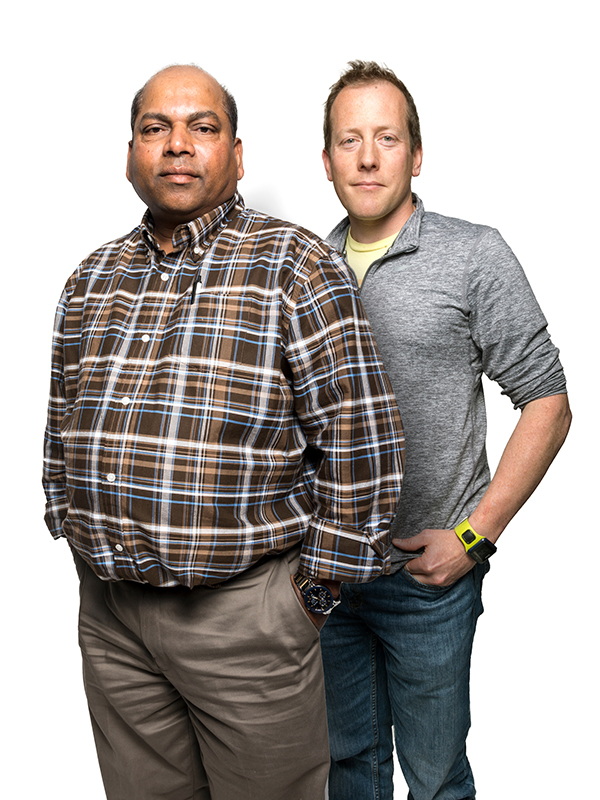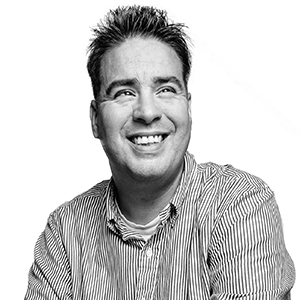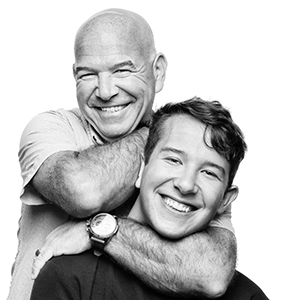ARUN - Portraits of Diabetes

ARUN
Type 2 diabetes - diagnosed 1991
I wish somehow new immigrants would get this kind of education on health initially. In my opinion we could avoid some pre-diabetes conditions for many people.
Thirteen years ago, Arun Patel was held in a Hong Kong airport for nearly three hours while security questioned him about the contents of his carry-on luggage. The delay nearly cost him his flight connection on the way from India, where he grew up, to Edmonton, where he now lives.
Arun carried a doctor's note explaining that the items in his possession-syringes, insulin, tablets and juice-were all for treating his type 2 diabetes. "And finally, when they found out that legally I can carry all this stuff, then they rushed me to the plane," he says.
Arun, an entrepreneur and owner of two autobody repair shops, received his diagnosis in 1991, and he says that the experience in Hong Kong is just one example of a troubling lack of knowledge he has encountered about the disease.
While the prevalence of type 2 diabetes is rising worldwide, India in particular has experienced a sharp increase. This growth is often attributed to genetic factors that increase the likelihood of the disease, along with the recent decrease in people's physical activity and nutritious food consumption. Many people are unaware of the importance of a healthy lifestyle in diabetes prevention.
But that lack of awareness is not just a problem in India; Arun believes it can follow immigrants to their new home.
After Arun immigrated to Edmonton in 1982 with his family, the cold climate here meant he became far less active than he had been. At the same time, his daily food consumption did not change. He worries that other new Canadians might face similar problems. "I wish somehow new immigrants would get this kind of education on health initially. In my opinion we could avoid some pre-diabetes conditions for many people," says Arun.
Arun discovered he had diabetes when he went to the doctor after losing 60 pounds, a symptom he did not realize could be linked to diabetes. "When it happens to you, it gives you a shock. I was like: 'OK, it'll never happen to me, and suddenly it does. Normal life is not going to be 100-per-cent normal. It changes a lot," he says.
Luckily, Arun had a lot of support after his diagnosis. His father Govind-also originally from India who didn't speak English at that time-had been diagnosed nearly a decade prior and Arun's wife, Ramila, learned about the disease while helping translate for her father-in-law at his doctors' appointments. Her knowledge came in handy for helping Arun understand what he needed to do to make improvements to his health. He quit smoking, improved his diet and increased his physical activity.
Reflecting on the Alberta Diabetes Institute celebrating 10 years since opening its doors, Arun says if he could go back a decade in his own life, he'd encourage his younger self to be as healthy as possible. And if he could go back even further, he'd change his lifestyle completely in the hopes of preventing his diabetes in the first place. He says the disease can create long-term internal damage to organs and nerves and because so many of its symptoms aren't overt, the gravity of the illness is only now being fully understood.
The Alberta Diabetes Institute helps to remove barriers that stand between scientific discovery and new health applications that improve the quality of life of diabetes patients.
Photography: Richard Siemens Writer: Caroline Barlott Editor: Sasha Roeder Mah Creative Director: MJ Fell






